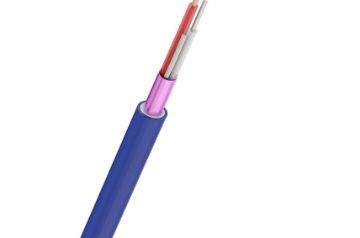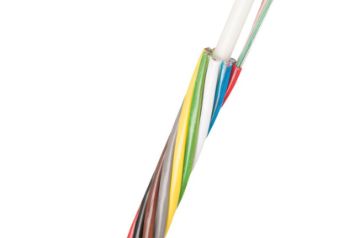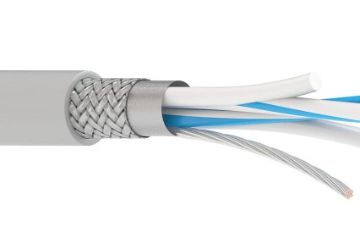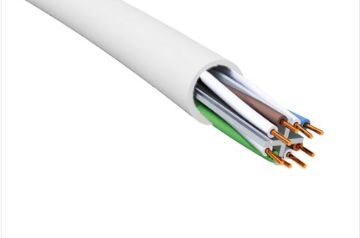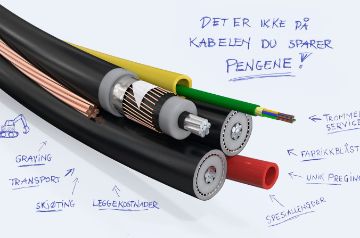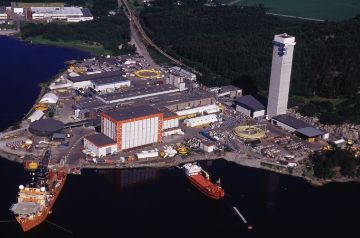- Products
- Segments
- Newsroom
- Tools and Resources
- Sustainability
- We are Nexans
- Search
- Contact us
- Compare
- Sign in
CSR
10 teknologier for å elektrifisere fremtiden: sirkulær plast
Feb 16, 2023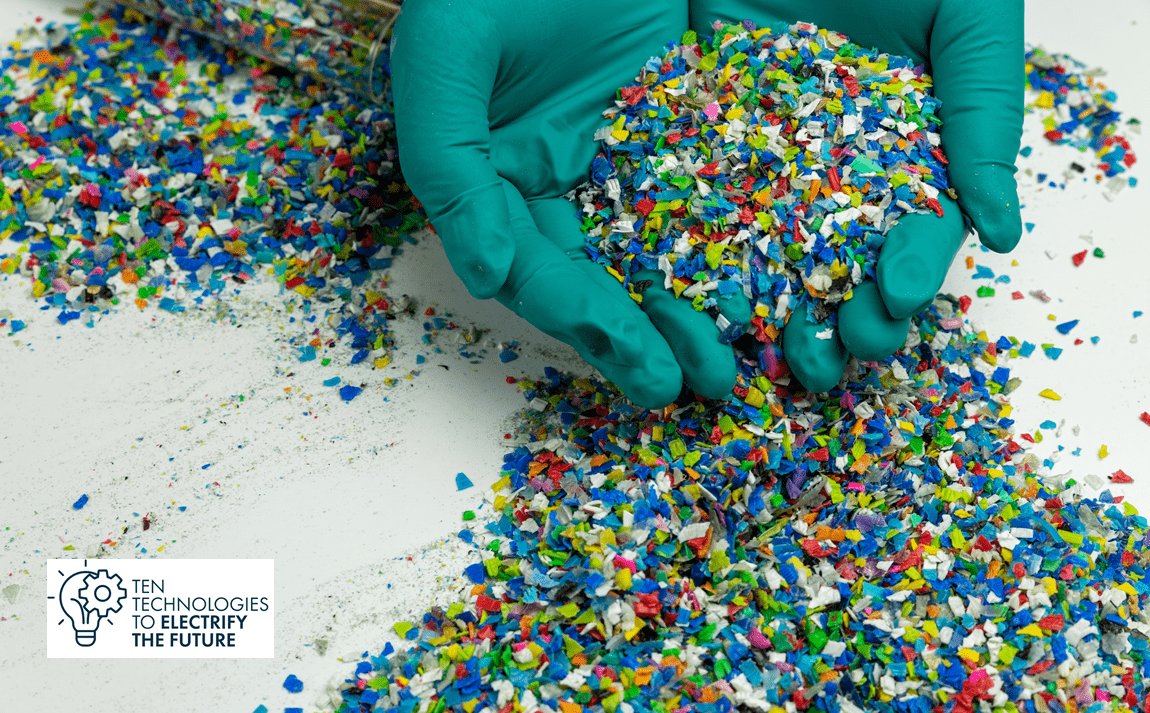
Plastic is not good for the environment: everyone knows it and everyone tries to avoid it, or at least sort it better. The problem lies in the poorly managed and uncontrolled plastic waste streams that endanger ecosystems around the world:
- Over 460 million tonnes of plastic were produced in 2019
- Up to 50% of the plastic waste was sent to landfill.
- Despite today's initiatives and efforts, the amount of plastic in the oceans is estimated to be around 75-199 million tonnes. According to the Ellen MacArthur Foundation, by 2050 and without measures there will be as much plastic as fish in the sea (1 kg for 1 kg).'
In addition to resource management and pollution issues, plastic materials have an impact on greenhouse gases.
In order to meet the increasing volume of plastic that is produced, used and dumped, the industry must develop into a fully circular model where expired plastic products are not thrown away, but transformed to create NEW values. Innovation, regulation and international cooperation are necessary to enable this transition.
Plastic material: versatile and unavoidable
Plastic production on an industrial scale began in earnest in the 1940s and increased rapidly in the 1950s. More than 8 billion tons of plastic have been produced worldwide since 1950 (Geyer et al., 2017). It is therefore a widely used manufactured material.
Plastic has many great advantages such as a high strength-to-weight ratio, and the ability to tailor the physical properties to be hard or soft depending on need. For example, the use of plastic is still very important in the design of cables, among other things, due to its exceptional properties: mechanical, dielectric, machinability, durability ...
This versatility and durability, combined with the low cost of plastic production, is the main reason why plastics are currently used in almost every sector.
A necessary transition to circular plastic
Today, almost all plastic comes from materials made from fossil energy (primarily oil and gas). Unsurprisingly, this causes several problems:
- If reliance on plastic continues, it will represent 20% of annual global oil consumption by 2050.
- Greenhouse gas emissions for plastics will reach 1.34 gigatonnes per year by 2030 if it continues in its current form
- The ability of the world community to keep the temperature rise below +1.5°C or even +2°C by 2100 will be threatened.
Unfortunately, waste management and recycling of plastic falls short. This causes plastic pollution to grow. In fact, it is estimated that only 9% of plastic waste is recycled, and 22% is mismanaged. Due to the material's durability and strength, plastic waste remains in the environment and takes decades or even centuries to break down naturally. It causes loss of biological diversity and change of ecosystems (MacLeod et al., 2021).
Hopefully, it is still possible to implement the necessary change.
- Recycling: Although recycling is today the simplest and most used solution for converting plastic waste into new products, efforts can be made in terms of sorting and separation. Through reuse (direct reuse of waste), mechanical recycling (crushing/pulverization after sorting/separation for example) and chemical recycling (with dissolution, depolymerization or conversion) we can approach the recycling of plastics with different levels of complexity and quality.
- Bioplastics: Plastics that are biologically derived and/or biodegradable can increase circularity and minimize carbon dioxide emissions caused by the use of conventional fossil raw materials. These biomaterials can either be classic plastics made from bio-raw materials (polyethylene from sugarcane for example) or biomaterials found directly in nature (starch, bio-based plasticizers...).
- Ecodesign: The principle of ecodesign is about considering the entire life cycle of the product, from the materials used to recovery and recycling, and taking this into account at early stages, i.e. during material design.This means, for example, using recycled or bio-based materials, increasing the life of the product, choosing the materials to facilitate recycling, or reducing the weight of plastic used.
Nexans and circular plastic
The biggest challenge with industrial activity is to drastically limit the impact on the environment. But what are we actually doing at Nexans to reduce our climate wear and tear and plastic consumption?
Environmental challenges are at the center of the development of Nexan's cable solutions. We are committed to reducing the environmental footprint of our cables and aim to invent innovative materials that combine eco-design, performance, durability and recyclability.
Nexans has, among other things:
- Launched a company-wide initiative to use 30-60% recycled plastic in cable families across the electrification chain.
- Aim to recycle 100% of production waste by 2030
- Works to improve the recycling of end-of-life cables Offered to collect and take care of customers' waste through various schemes
- Innovation will be the key to the transition from a linear to a circular model for plastic materials.
It requires the development of specific technologies, but will also need to include supply chain and business model components that will only be possible through ecosystems.
Our websites
Select your country to find our products and solutions
-
Africa
- Africa
- Ghana
- Ivory Coast
- Morocco
- North West Africa
- Americas
- Asia
- Europe
- Oceania

